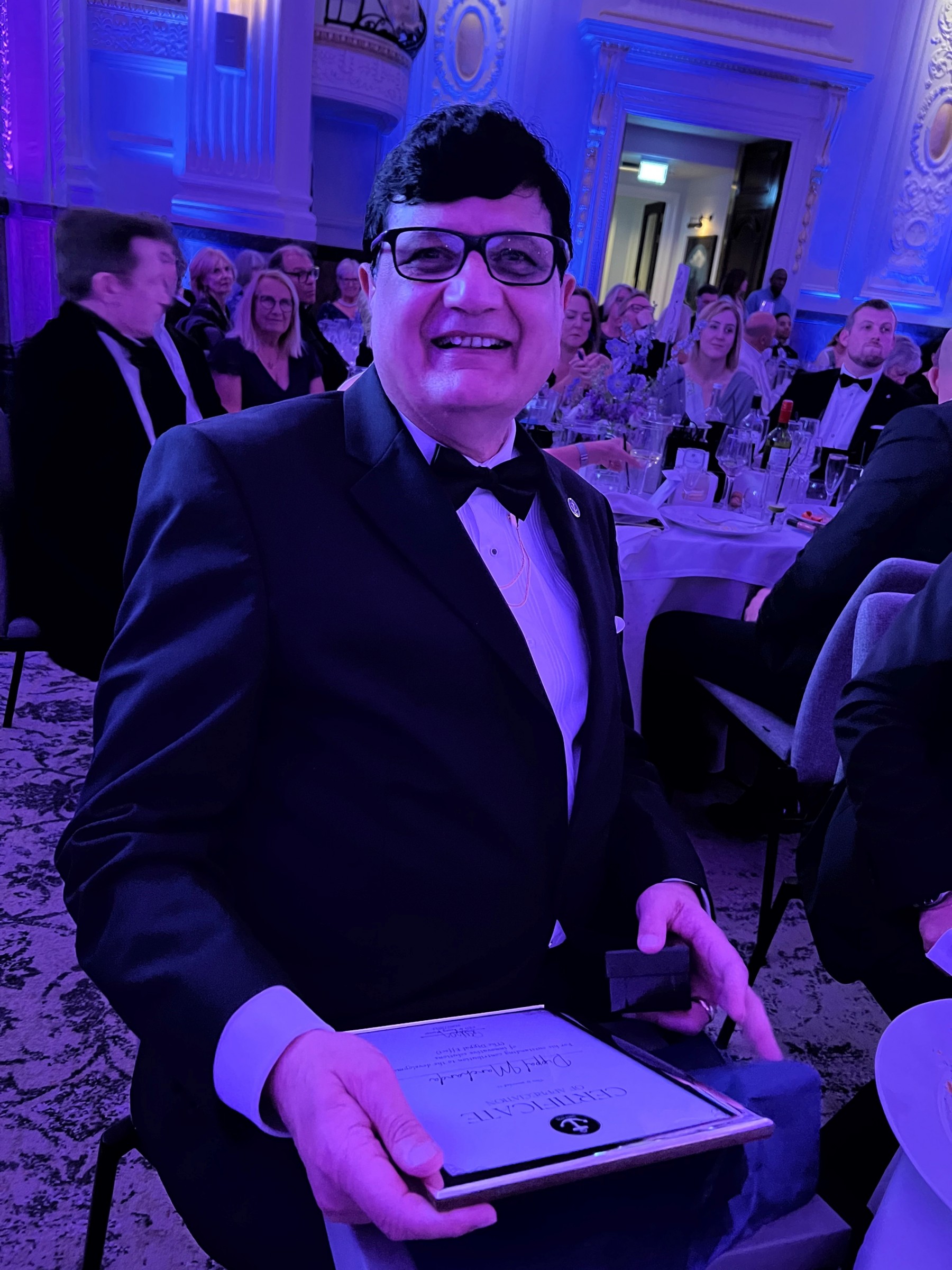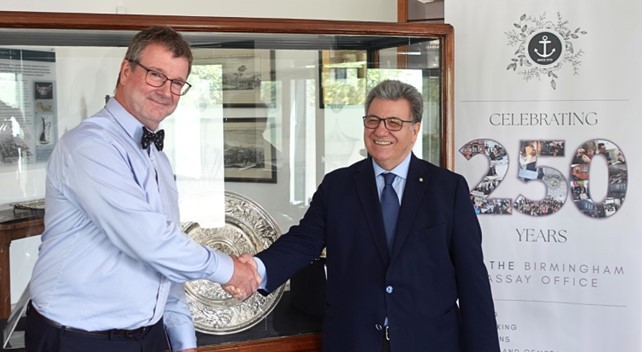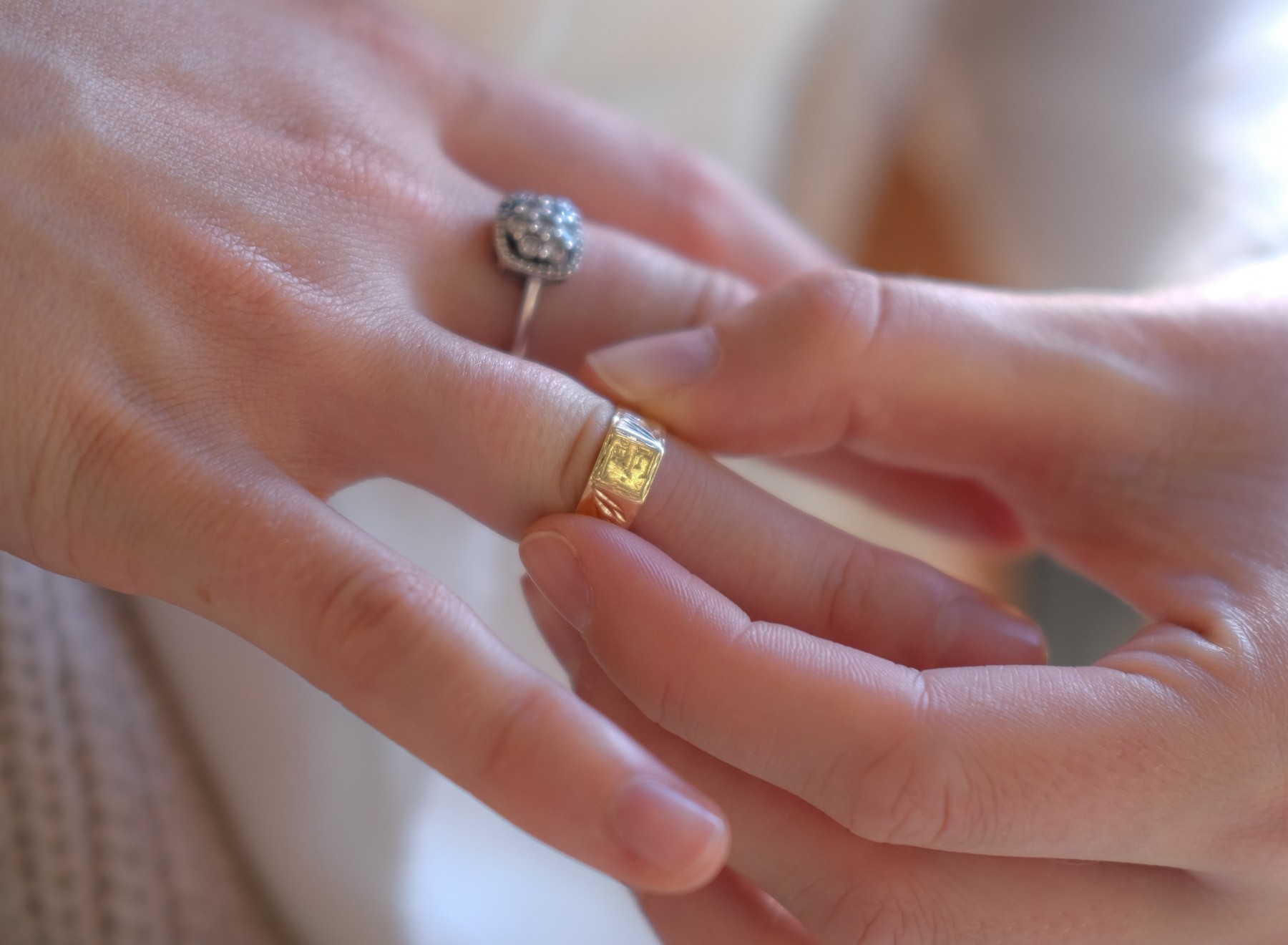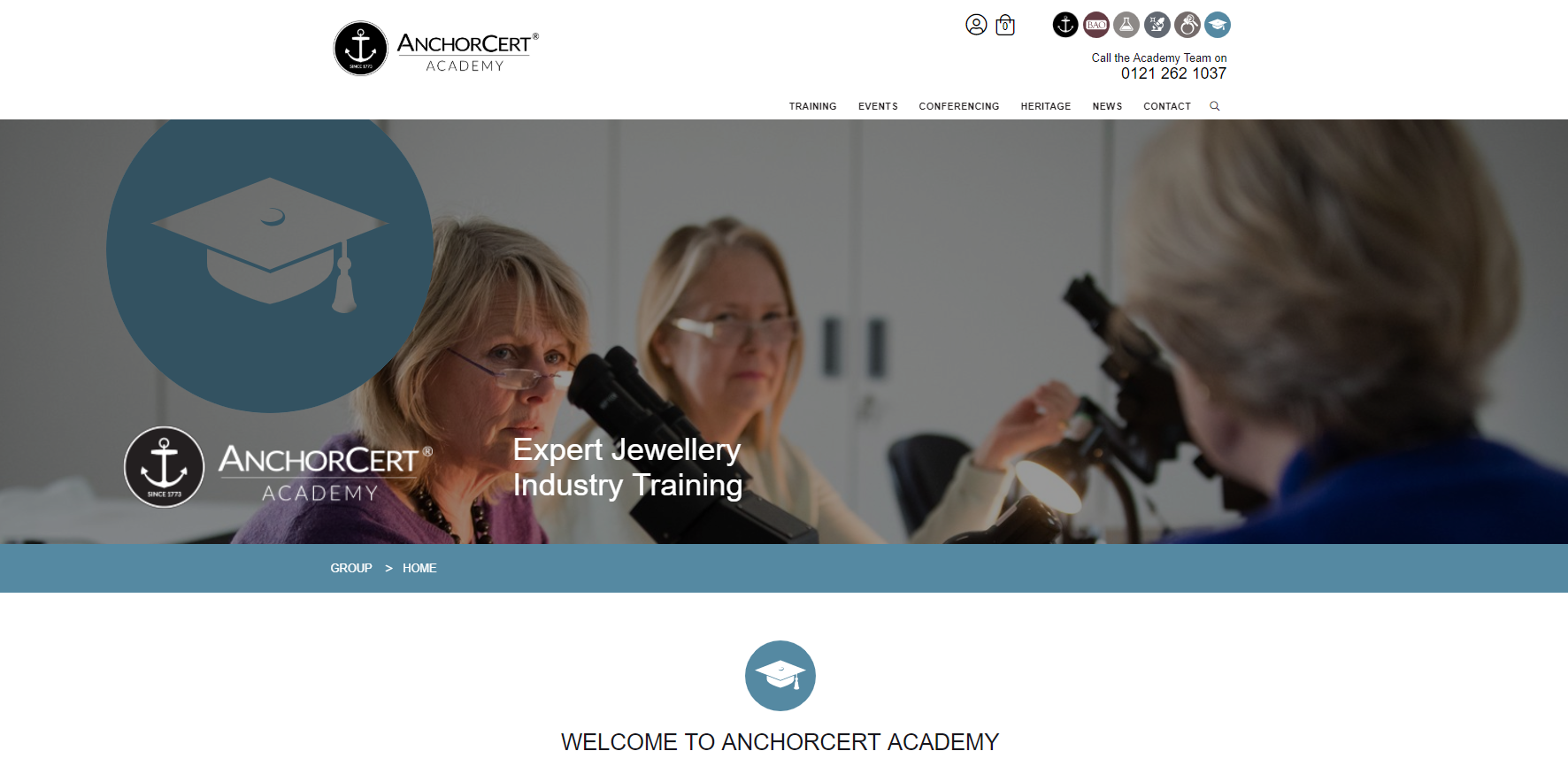 The Assay Office library contains a number of Birmingham trade directories from the 18th, 19th and 20th Centuries. At first glance, trade directories might not seem too exciting as historical sources as they generally consist of long lists of names of traders working in different occupations and little else. However, these directories can provide historians with a wealth of information about the city and its people, from a snapshot of commerce to the history of marketing techniques and forgotten ways of earning a living.
Trade Directories can also be beautiful works of art. One of the most famous and rare directories associated with Birmingham and contained in the Assay Office library is Bissetâs Poetic Survey Round Birmingham And Magnificent Directory, which was originally published in 1800 and expanded in 1808. Unusually, it has a wealth of beautiful copper-plate engravings accompanying the names and addresses of the traders. By the late 18th and early 19th centuries men and women in business were promoting themselves through illustrated trade cards and these are the basis of the pictures in this directory.
The Guide comprises âthe Addresses of the most eminent Public Companies, Bankers, Merchants, Tradesmen, and Manufacturers, in the Toy Shop of Europeâ. The illustrations include buildings of Birmingham, some of which are recognisable today such as St Phillipâs Cathedral. Many of the motifs used in the engravings are classical and patriotic and show Birmingham developing as an important town for business and commerce. Even a quick glance through the directory gives a snapshot of the type of occupations in the town, including soap manufacturers, toy makers, surgeons, dentists, bankers, chemists, gun makers, hatters, hosiers, a civil engineer and gold and silversmiths. In Newhall Street (home of the Assay Office today), we find the delightfully named Dâ Aviceâs French and Fencing Academy.
Although little known today, James Bissett, the author of the Directory, was a poet, an author, an artist and also ran a small museum. He was born in around 1762 in Perth, Scotland and died in 1832. He moved to Birmingham at the age of 15 where he became an artistâs apprentice and eventually (so he claimed), went on to sell over 100,000 printed copies of his books during his lifetime.
The Assay Office library contains a number of Birmingham trade directories from the 18th, 19th and 20th Centuries. At first glance, trade directories might not seem too exciting as historical sources as they generally consist of long lists of names of traders working in different occupations and little else. However, these directories can provide historians with a wealth of information about the city and its people, from a snapshot of commerce to the history of marketing techniques and forgotten ways of earning a living.
Trade Directories can also be beautiful works of art. One of the most famous and rare directories associated with Birmingham and contained in the Assay Office library is Bissetâs Poetic Survey Round Birmingham And Magnificent Directory, which was originally published in 1800 and expanded in 1808. Unusually, it has a wealth of beautiful copper-plate engravings accompanying the names and addresses of the traders. By the late 18th and early 19th centuries men and women in business were promoting themselves through illustrated trade cards and these are the basis of the pictures in this directory.
The Guide comprises âthe Addresses of the most eminent Public Companies, Bankers, Merchants, Tradesmen, and Manufacturers, in the Toy Shop of Europeâ. The illustrations include buildings of Birmingham, some of which are recognisable today such as St Phillipâs Cathedral. Many of the motifs used in the engravings are classical and patriotic and show Birmingham developing as an important town for business and commerce. Even a quick glance through the directory gives a snapshot of the type of occupations in the town, including soap manufacturers, toy makers, surgeons, dentists, bankers, chemists, gun makers, hatters, hosiers, a civil engineer and gold and silversmiths. In Newhall Street (home of the Assay Office today), we find the delightfully named Dâ Aviceâs French and Fencing Academy.
Although little known today, James Bissett, the author of the Directory, was a poet, an author, an artist and also ran a small museum. He was born in around 1762 in Perth, Scotland and died in 1832. He moved to Birmingham at the age of 15 where he became an artistâs apprentice and eventually (so he claimed), went on to sell over 100,000 printed copies of his books during his lifetime.
Your item has been added to the basket
You need to create an account, or login before you can add this item to your basket.







